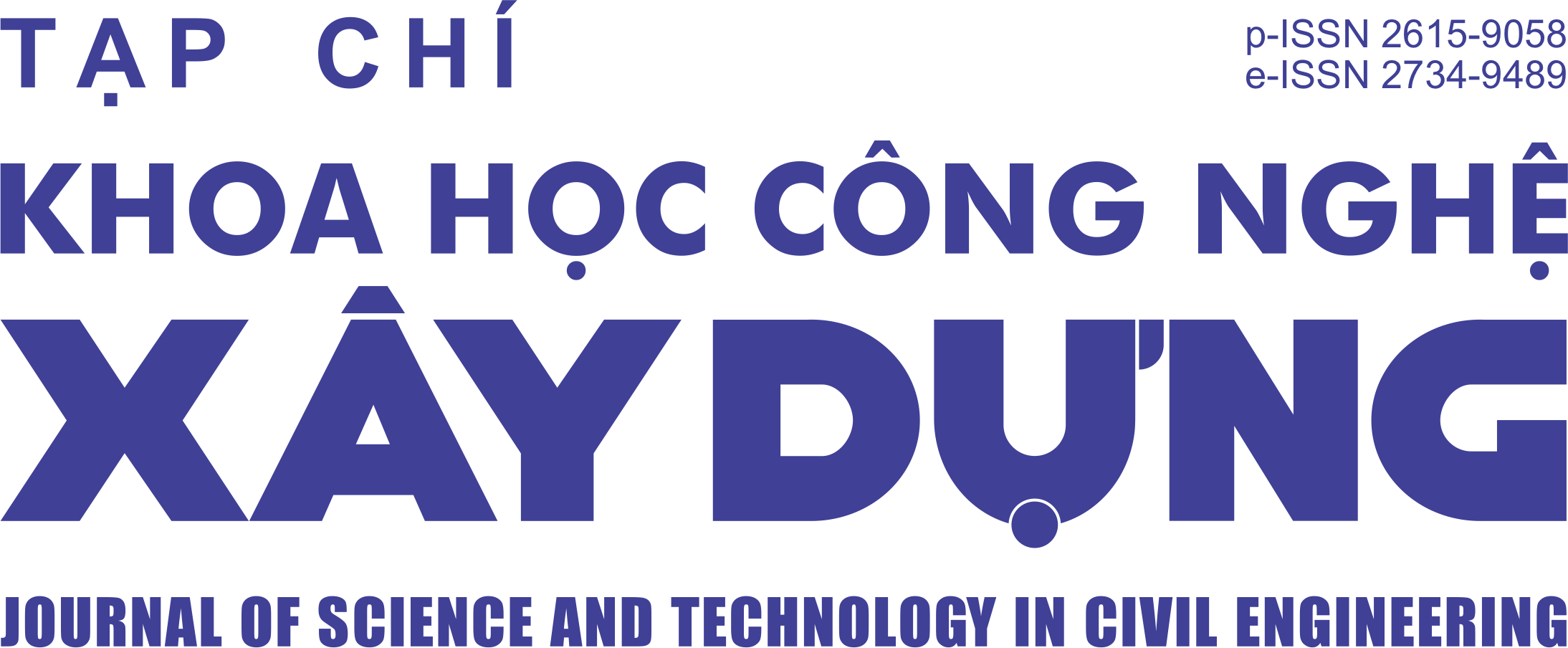Crushed construction and demolition waste as reactive media in permeable reactive barriers to immobilize Pb(II) and Cd(II) from landfill leachate
Abstract
This study evaluates the effectiveness of using crushed construction and demolition waste as reactive media for applying in Permeable Reactive Barriers to treat contaminated groundwater by landfill leachate. Modern analytical methods such as SEM and EDX were used to analyze the physicochemical properties of crushed demolition waste, demonstrating that the material has a porous structure on the surface that is suitable for the
targeted heavy metal adsorption. For ion Pb2+ , the maximum adsorption amount of 114.05 mg/g was for 1-3 mm fraction and 105.05 mg/g for 3-5 mm fraction. Similarly, ion Cd (II) achieves the maximum adsorption capacity of 8.43mg/g with 1-3mm and 6.26mg/g with 3-5mm fraction. Simultaneously, this paper investigates the impact of additional parameters such as time and pH on the adsorption efficiency of the materials.
Downloads
Copyright (c) 2023 Hanoi University of Civil Engineering

This work is licensed under a Creative Commons Attribution-NonCommercial-NoDerivatives 4.0 International License.
1. The Author assigns all copyright in and to the article (the Work) to the Journal of Science and Technology in Civil Engineering (JSTCE) – Hanoi University of Civil Engineering (HUCE), including the right to publish, republish, transmit, sell and distribute the Work in whole or in part in electronic and print editions of the Journal, in all media of expression now known or later developed.
2. By this assignment of copyright to the JSTCE, reproduction, posting, transmission, distribution or other use of the Work in whole or in part in any medium by the Author requires a full citation to the Journal, suitable in form and content as follows: title of article, authors’ names, journal title, volume, issue, year, copyright owner as specified in the Journal, DOI number. Links to the final article published on the website of the Journal are encouraged.
3. The Author and the company/employer agree that any and all copies of the final published version of the Work or any part thereof distributed or posted by them in print or electronic format as permitted herein will include the notice of copyright as stipulated in the Journal and a full citation to the Journal as published on the website.







